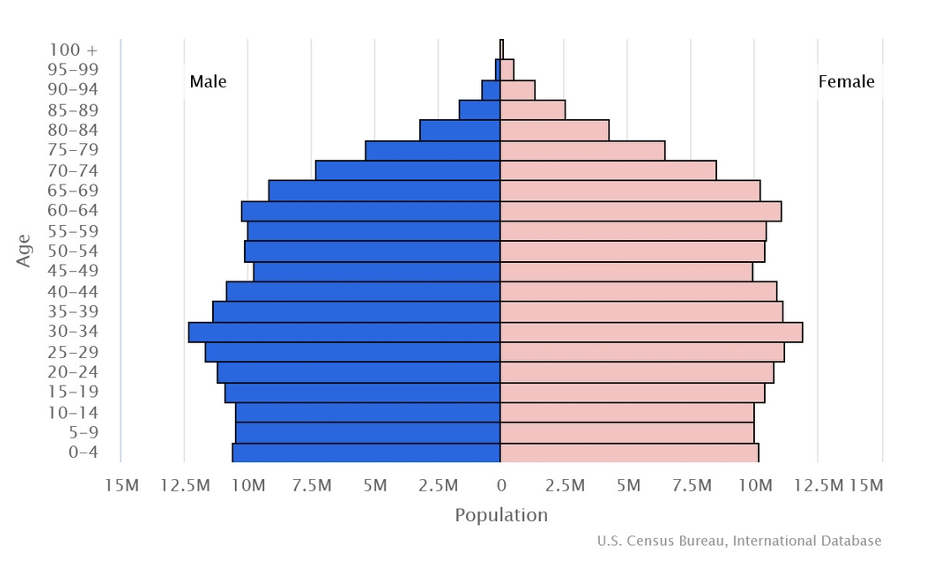Introduction
The security industry is facing a huge transformation. Technological advances in artificial intelligence (AI), automation, biometrics and quantum encryption will fundamentally change the way security measures are developed and implemented in the coming years. While traditional security models have focused on reactive measures in the past, the future of security will be based on predictive, adaptive and autonomous systems.
In this article, we take a look at the key developments that will shape the security revolution over the next ten years.
1. Autonomous security systems and robotic surveillance
Security systems of the future will rely heavily on autonomous solutions. Robots and drones are taking over surveillance and security tasks that were previously only possible by humans.
- Autonomous drone surveillance: Smart drones are used across the board in urban and rural areas to detect threats at an early stage. Using AI-supported image processing, they can identify suspicious activities and report them to security centers in real time.
- Robots for patrols and hazard prevention: Autonomous robots with an integrated AI analysis tool can patrol independently, identify security gaps and take initial action in an emergency before human personnel intervene.
- Predictive policing: Machine learning is used to analyze crime patterns and predict future threats before they occur.
2. Artificial intelligence in threat detection and defense
AI is already a significant factor in cyber security today, but its role will become even more dominant in the next ten years. Security algorithms will become increasingly intelligent and capable, detect anomalies and threats in real time and independently initiate countermeasures.
- Deep learning for cybersecurity: AI models will identify cyberattacks in milliseconds and implement countermeasures before damage occurs.
- Adaptive security systems: AI will be able to dynamicallyadapt security protocolsto new threats without relying on human intervention.
- Automatic threat defense: Systems not only detect attacks, but also react to them independently – for example by isolating infected networks or switching off compromised systems.
3. Quantum encryption and the future of secure communication
Today’s encryption technology is based on mathematical algorithms that can be decrypted with increasing computing power. Quantum computers could crack these encryption methods in just a few seconds, making it necessary to develop new cryptographic approaches.
- Quantum Key Distribution (QKD): This method uses physical principles of quantum mechanics to make communication completely tap-proof.
- Post-quantum cryptography: Security companies are working on new algorithms that remain resistant to attacks by quantum computers.
- Secure satellite communication: Quantum-encrypted satellites will usher in a new era of secure international communication.
4. Biometric security solutions on a new level
The next decade will see a significant improvement in biometric security systems. While fingerprints and facial recognition are already widely used today, the technology will be significantly expanded in the coming years.
- Multimodal biometrics: Systems combine fingerprints, facial recognition, iris scanning and heart rate analysis to enable forgery-proof identification.
- Behavior-based authentication: Machines learn people’s movement patterns, typing speed and usage behavior to prevent identity theft.
- DNA authentication: Advances in genetic analysis could lead to DNA being used as a biometric authentication feature.
5. The role of blockchain technology in security
Blockchain technology will play a key role in the future of security systems. Its decentralized nature offers a tamper-proof infrastructure for critical applications.
- Tamper-proof identity management: Blockchain-based identity systems enable secure authentication without central databases that are susceptible to hacker attacks.
- Counterfeit-proof supply chains: Companies can use blockchain technology to track the origin of goods and minimize fraud.
- Automated contracts (smart contracts): These enable security protocols to be carried out without human intervention.
6. Integration of security systems in smart cities
Cities of the future will increasingly rely on digital security solutions. The combinationof IoT, AI and 5G will be a intelligent real-time monitoring.
- Real-time traffic monitoring: smart cameras with AI-supported object recognition ensure more efficient traffic control and accident prevention.
- Automated emergency response: Smart cities will be able to recognize emergencies independently and alert the appropriate emergency services.
- Hacker-resistant infrastructure: As digital control systems for energy and water supply become more vulnerable to cyber attacks, they need to be protected by new security protocols.
Conclusion
The next ten years will be characterized by groundbreaking advances in security technology. Autonomous systems, AI-powered threat defense, quantum encryption and blockchain-based security systems will revolutionize the way we think about security. Companies, governments and private actors must actively engage with these developments in order to remain capable of acting in an increasingly complex threat landscape.
The security revolution of the future will not only be characterized by reacting to threats, but by proactive, intelligent and autonomous systems that anticipate and eliminate threats before they arise.



